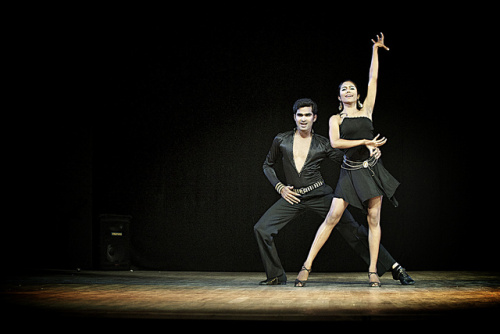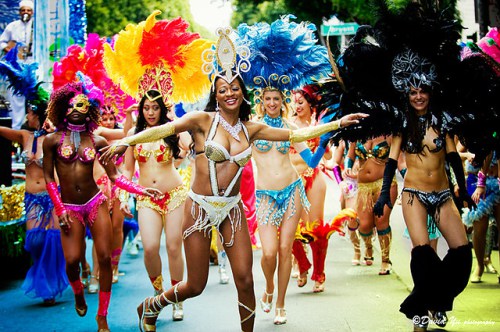Recently updated on August 1st, 2023 at 02:04 pm
In many Latin American countries music and dance plays a very important role in daily life. There are dozens of dances that originated in South America and here are some of my favourites.
Tango
The tango is a passionate dance which originated in the dance houses of working class Buenos Aires. It is a mixture of many different dances and has European, Latin and even African elements. It is an intimate dance between two people and consists of abrupt rhythms, postures alternated by pauses. Don’t be surprised to see a couple swirling around the dance floor when you walk into a bar or restaurant in Buenos Aires. And if you’re lucky you might even be asked to tango yourself.


Merengue
Allegedly the dance originated among slaves in the Dominican Republic who were working in the sugar beet fields. They wore chains around their ankles which restricted their leg movement. This is reflected in the Meringue’s moves. The dance partners hold each other in a closed position and while slightly bending their knees, they move their hips from left to right.
Salsa
When travelling to Cuba, you’ll hear salsa music everywhere: in houses, bars, cars. It seems to be part of daily life in Cuba. Salsa dancing originally started in Cuba and its movements have its origins in the Cuban Son, the Cha cha cha and the Mambo. Salsa is danced with a partner and While stepping forward and backwards repeatedly, the dancers’ upper bodies remain steady though arm and shoulder movements are incorporated.


Samba
The samba is a dance that actually finds its origins in West-Africa and made its way to Brazil via the slave trade. It’s a dance that can be seen in the streets during the Brazilian Carnival when women shimmy along in parades wearing not much more than bikinis and feathers.


Lambada
This dance also hails from Brazil and is a combination of moves taken from forró, salsa, merengue, maxixe and the carimbó. It’s a usually an sensual partner dance, characterised by its wave like motion.
If reading this has made you feel like showing off your moves, have a look at our Latin American trips on www.trafalgar.com.